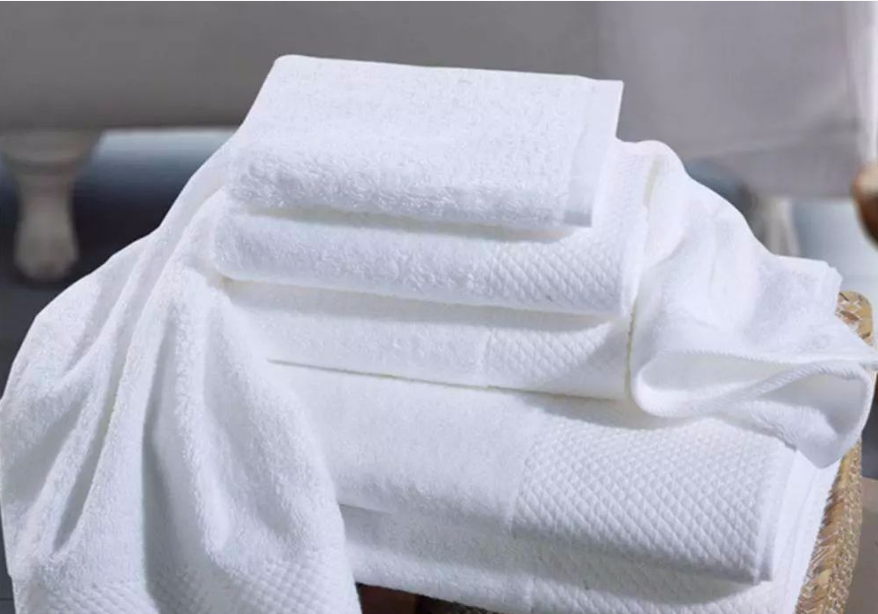In the operation of a laundry facility, water quality plays a critical role in the cleanliness of linen. Understanding the impact of water quality on washing efficiency can significantly enhance the overall laundry process.
Hard Water and Its Impact
One of the most common issues affecting the cleanliness of linen is hard water. High levels of calcium and magnesium ions in hard water can form scale deposits on linen fibers and the interior of washing equipment, reducing the effectiveness of the washing process. In regions with hard water, linens may have white spots or stains if water-softening treatments are not applied, affecting their appearance and cleanliness.
The problem of hard water extends beyond just visible residue. These mineral deposits can build up inside washing machines, reducing their efficiency and leading to higher maintenance costs. Over time, the buildup can cause significant wear and tear on the equipment, leading to more frequent repairs and replacements. This not only increases operational costs but also results in downtime, affecting the overall productivity of the laundry facility.
To combat the issues caused by hard water, laundry facilities often invest in water-softening systems. These systems use ion exchange processes to remove calcium and magnesium ions, replacing them with sodium ions, which do not form scale. By reducing the hardness of the water, these systems help maintain the efficiency of washing machines and improve the overall quality of the washed linens.
Impurities and Pollutants
The presence of impurities and pollutants in water also negatively impacts the washing process. Contaminants like sand, rust, and organic pollutants can adhere to linens, causing them to yellow or become dirty. These impurities can react with detergents, reducing their effectiveness and making stains harder to remove.
In areas where water sources are prone to contamination, laundry facilities must implement advanced filtration systems. These systems can effectively remove particulates and impurities from the water, ensuring that the water used in the washing process is clean and free from contaminants. Advanced filtration technologies, such as reverse osmosis (RO) membranes and activated carbon filters, are often employed to achieve high levels of water purity.
Moreover, regular monitoring of water quality is essential. By continuously testing the water for impurities and adjusting the filtration processes accordingly, laundry facilities can ensure that their water remains clean and suitable for washing. This proactive approach helps maintain the quality of the washed linens and extends the lifespan of the washing equipment.

pH Balance
The pH balance of water is another critical factor. Water that is too acidic or too alkaline can affect the performance of detergents. Highly acidic water can cause certain detergents to break down, while highly alkaline water can damage linen fibers, making them brittle and prone to tearing.
Maintaining a neutral pH level in the water is crucial for optimal washing performance. Water that is too acidic can lead to the degradation of certain detergent components, reducing their effectiveness. On the other hand, highly alkaline water can cause fibers in the linens to weaken and become more susceptible to damage during the washing process.
To address this issue, laundry facilities often use pH adjustment systems to ensure that the water remains within an optimal pH range. These systems can add acid or alkaline substances to the water to balance its pH level. By maintaining a neutral pH, laundry facilities can enhance the effectiveness of detergents and protect the integrity of linens.
Benefits of Soft Water
Conversely, high-quality soft water can enhance detergent performance, improving the removal of dirt and stains from linens. Soft, pH-balanced water reduces fiber damage, extending the life of linens. For optimal washing results, laundry facilities should prioritize water quality monitoring and treatment, such as installing water softeners and filtration systems like ion exchangers or reverse osmosis (RO) membranes, to improve water quality and ensure clean, high-quality linens.
The benefits of using soft water in the laundry process extend beyond just improved cleanliness. Soft water reduces the amount of detergent needed for effective washing, resulting in cost savings for the facility. Additionally, it helps maintain the efficiency and longevity of washing machines by preventing scale buildup and reducing the need for frequent maintenance.
By investing in advanced water treatment systems and regularly monitoring water quality, laundry facilities can achieve superior washing results and ensure the satisfaction of their clients. Clean, high-quality linens are essential for maintaining the reputation of the facility and providing excellent service to customers.
Post time: Jul-11-2024

